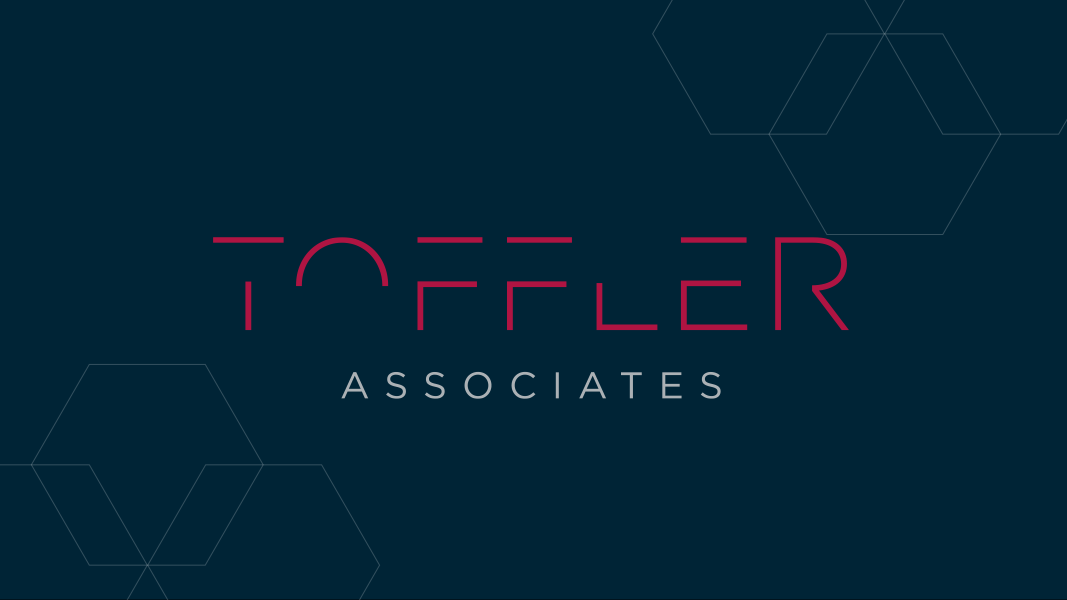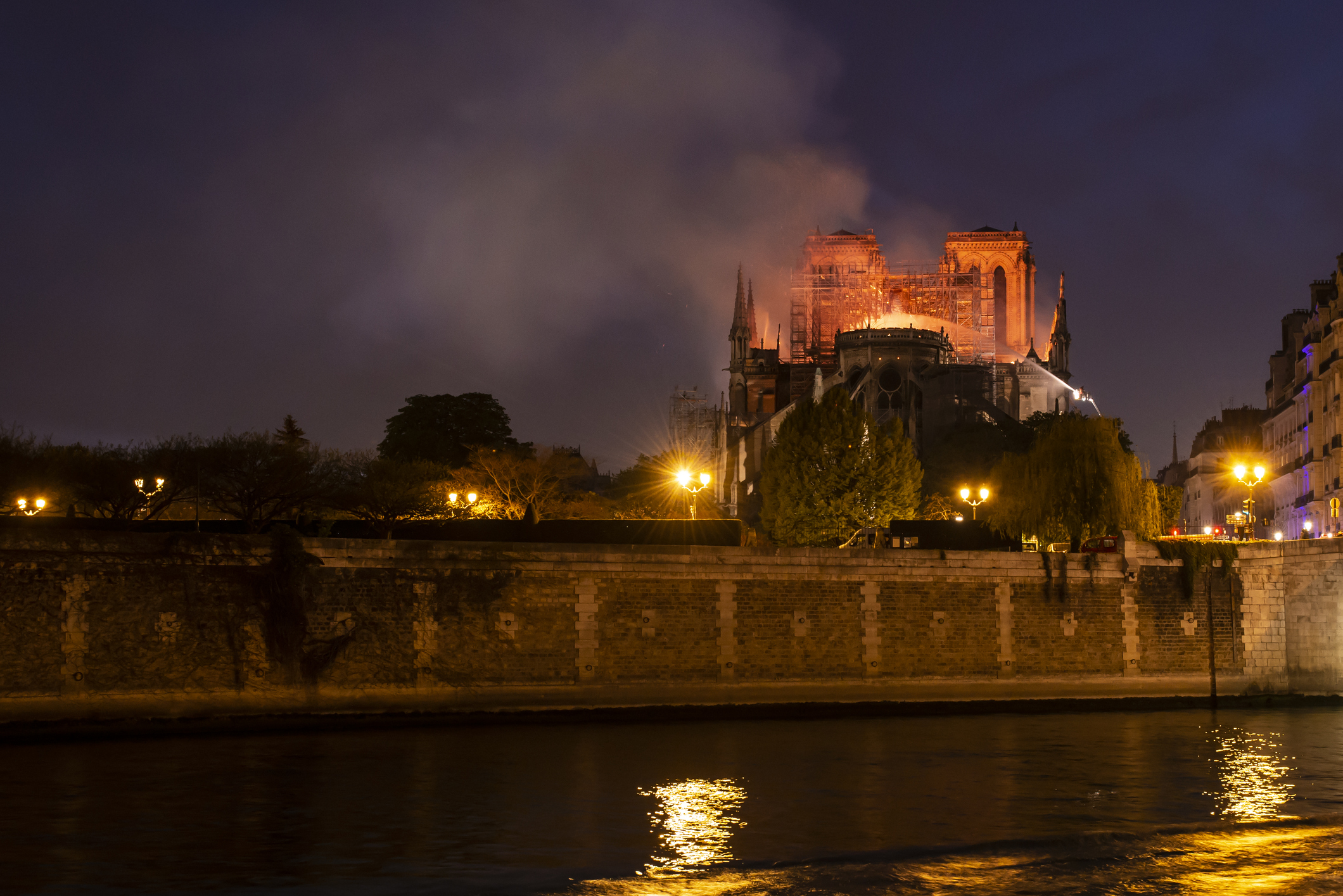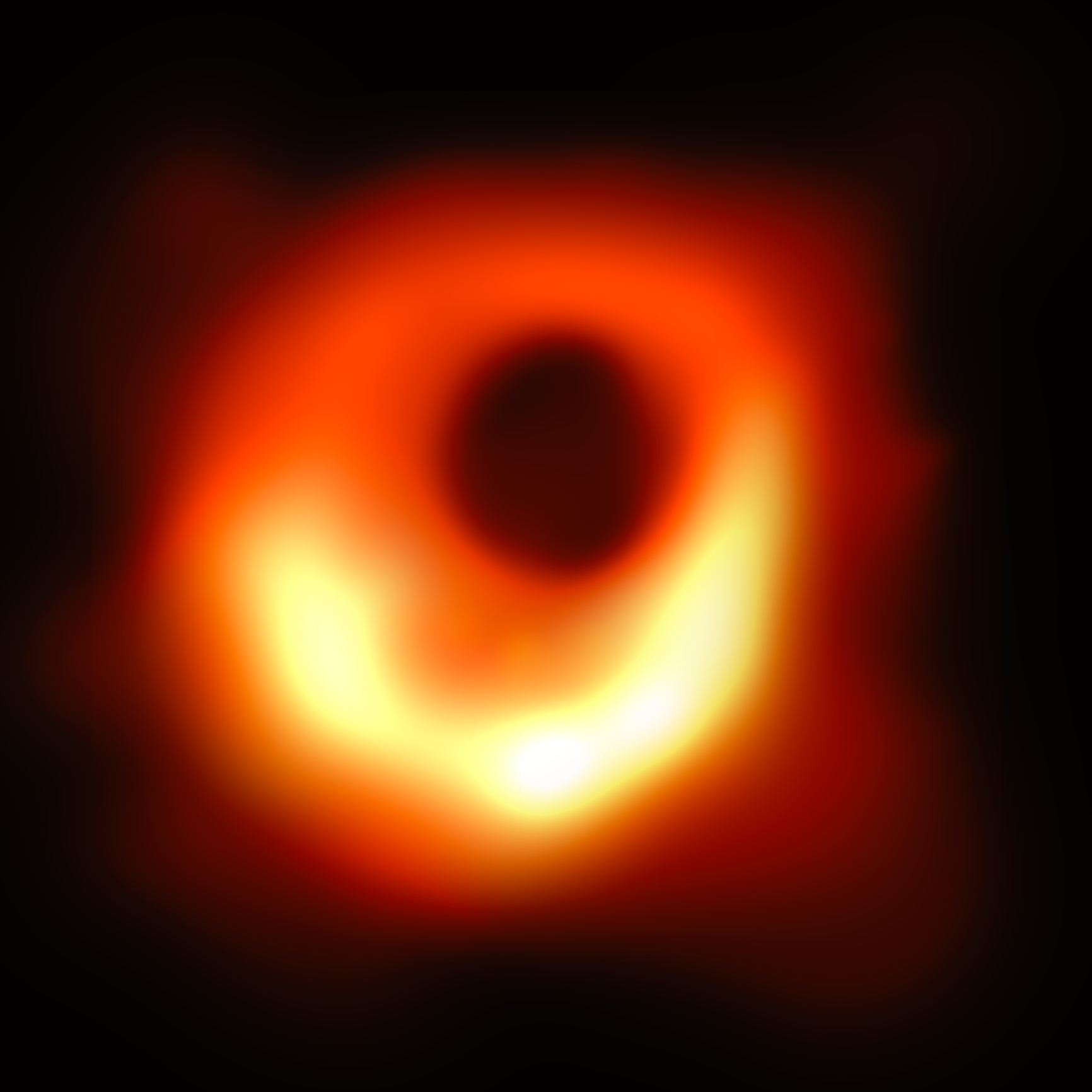RAPPORT //Notre Dame and M87 Sit at the Axis of Knowledge and Time


“Your assumptions are your windows on the world. Scrub them off every once in a while, or the light won’t come in.”
-Isaac Asimov
In today’s hyperconnected, always online, 24/7/365 exchange of data, information and knowledge travel in a matter of seconds (if not faster). It moves from city to city, country to country and amongst billions of humans across the world, in near real-time. Occasionally, we see this fact played out. Recently, two events caught the attention of the world. One was tragic. The other was mind-blowing. Almost simultaneously, we were caught up in a deluge of pictures, postings, reports, and commentary.
Of course, the two events were the burning of Notre Dame and the first real image of the M87 black hole.
 While flames devoured the beloved historical cathedral, thousands of people took to social media. Countless stories and pictures traveled at the speed of heat across the globe via the Internet. Those personal tributes are moving and so valuable for their power to connect us spiritually and culturally. Nonetheless, they don’t even begin to capture the profound tragedy and significance this blaze will have for centuries to come. In a matter of hours, we lost data and knowledge of historical events, family lineages, cross-connected cultures, and artistic and architectural know-how – some of which we may need in the future.
While flames devoured the beloved historical cathedral, thousands of people took to social media. Countless stories and pictures traveled at the speed of heat across the globe via the Internet. Those personal tributes are moving and so valuable for their power to connect us spiritually and culturally. Nonetheless, they don’t even begin to capture the profound tragedy and significance this blaze will have for centuries to come. In a matter of hours, we lost data and knowledge of historical events, family lineages, cross-connected cultures, and artistic and architectural know-how – some of which we may need in the future.
Even as the world watched history burn, we gained a revealing image of the expanse of our universe and the potential for our future. Around the world, over and over again, people viewed a precious picture of a black hole 55 million light years away. Regardless of language or location, people shared a fascination with new knowledge of the universe. To the untrained, the M87 black hole represents the future with its nascent knowledge about what is beyond our galaxy. It is the potential for humankind to understand new worlds and new life forms. It also represents the power of many different fields of study coming together for a common purpose of understanding. We have new heroes. Hundreds of scientists, researchers, and engineers worked together for more than a decade to connect telescopes around the world to transform the Earth into a giant telescope strong enough to accomplish this amazing feat.
The reality of time is that we are always standing at a center point between past and future. With these two events and the capacity to share our thoughts, wonder, and information so widely, we realize it is also a reality about knowledge.
While we’re always at an inflection point between past and future, we’re also straddling old and new knowledge. In an instant, it can emerge or become obsolete – and as it does, it changes our relationship and responsibilities.
Building a Context for Time
We began the century with an acceleration into the Knowledge Age. The development and distribution of information have become the central productivity and power activities across societies. Global data sharing becomes ever more essential to our existence. Data we thought was obsolete is finding new life in the context of current needs and innovations. Hyper-connected networks of people and things are creating new knowledge at a rate that wildly surpasses any forecasts and predictions. Even with the ability to measure the growth and expansion of our global information infrastructure, we struggle to measure how fast knowledge is being created, forgotten or becoming obsolete.
In the early 1980s, author, inventor, and futurist Richard Buckminster attempted to create a model for forecasting the rate of knowledge creation. He noticed that until 1900, human knowledge doubled approximately every century. By the end of World War II, knowledge doubled every 25 years. Today on the average, human knowledge doubles every 13 months, with specific growth rates differing across areas such as technical, genetic, or online information. In some cases, parts of our lives connected by the Internet of Things (IoT) experience knowledge doubling every 12 hours.
With the rate of knowledge advancing exponentially, we perceive that what we learn and know is expiring faster. That’s likely untrue. Applied mathematician, network specialist, and author Samuel Arbesman observed that while we cannot predict what new knowledge will surface or which specific fact will be overturned, neither is random in the aggregate.
There is shape and regularity to how knowledge grows, changes, overturned and how it decays or becomes obsolete over time.
 Because of the volume of data and the speed with which it grows, it’s getting harder to identify what knowledge will be useful in the future, what insight will lose value, and what information we once deemed obsolete will regain merit. Consider Notre Dame again for a moment. To the world at large, Notre Dame is a paragon of religious and cultural history. It’s more a figurehead than a repository of useful information. But to artists, architects, and engineers, it’s a collection of factual brilliance that continues to inform creativity and building today. (And there is no doubt that we have only begun to understand the significance of the M87 discovery.)
Because of the volume of data and the speed with which it grows, it’s getting harder to identify what knowledge will be useful in the future, what insight will lose value, and what information we once deemed obsolete will regain merit. Consider Notre Dame again for a moment. To the world at large, Notre Dame is a paragon of religious and cultural history. It’s more a figurehead than a repository of useful information. But to artists, architects, and engineers, it’s a collection of factual brilliance that continues to inform creativity and building today. (And there is no doubt that we have only begun to understand the significance of the M87 discovery.)
At a rate commensurate with the speed of knowledge creation, we need to build our capacity to understand and filter the shifting scope and specificity of data and information. So much of what we learn is passive – it comes to us – or, perhaps more accurately, at us. Especially the magnitude of input grows and the shelf life of knowledge shrinks, we must learn to access, value, understand, and unlearn all kinds of information.
What challenges must be overcome at the inflection point of old and new knowledge?
- Categories
- Futures and Foresight
- Leadership

